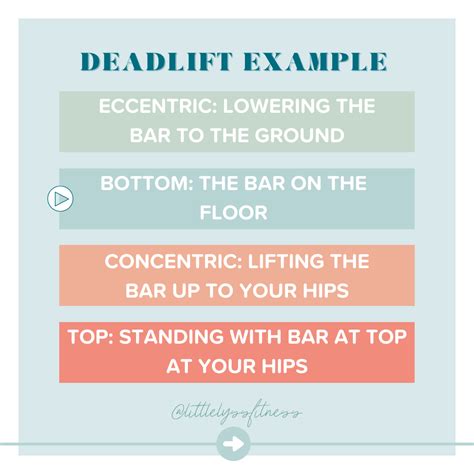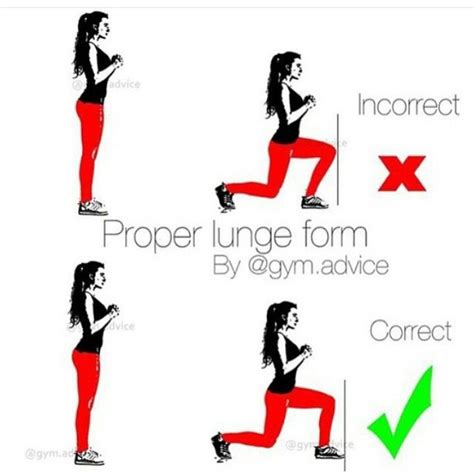Beyond reps: How to truly activate muscles for peak hypertrophy & strength?

In the pursuit of greater muscle mass and formidable strength, many lifters fall into the trap of solely chasing bigger numbers on the bar or higher rep counts. While progressive overload is undeniably a cornerstone of effective training, simply moving weight without conscious intent can lead to suboptimal results. True progress, for both hypertrophy and strength, lies in the ability to genuinely activate and engage the target muscles throughout the entire range of motion.
The Power of the Mind-Muscle Connection (MMC)
At the heart of superior muscle activation is the concept of the mind-muscle connection. This isn’t just a gym bro adage; it’s a scientifically supported strategy that involves focusing your mental attention on the muscle you intend to work during an exercise. Instead of just “lifting the weight,” you’re “contracting the muscle to move the weight.” Studies have shown that a strong MMC can lead to greater muscle activation and, subsequently, better hypertrophic responses.

Advanced Techniques for Enhanced Muscle Activation
1. Intentional Squeeze and Peak Contraction
During the concentric (lifting) phase of an exercise, actively focus on squeezing the target muscle as hard as possible at the peak of the contraction. For example, during a bicep curl, imagine crushing a nut between your bicep and forearm. This peak contraction helps recruit more muscle fibers and reinforces the MMC.
2. Controlled Tempo and Time Under Tension
Slowing down the eccentric (lowering) phase of an exercise to 2-4 seconds not only increases time under tension but also allows for greater control and activation of muscle fibers. Avoid bouncing or using momentum. A controlled eccentric can cause more micro-trauma, a key driver of muscle growth.

3. Pre-Exhaustion Sets
Performing an isolation exercise for a target muscle before a compound movement can help “wake up” that muscle. For instance, doing leg extensions before squats can help ensure your quads are fully engaged during the squat, preventing other muscles from taking over too much of the load.
4. Unilateral Training for Focus
Working one limb at a time (e.g., single-arm rows, single-leg squats) forces greater focus and stability. This can be incredibly effective for improving your MMC with individual muscles, addressing strength imbalances, and enhancing overall body awareness.

Prioritizing Form Over Ego
It’s tempting to load up the bar with as much weight as possible, but if your form breaks down, you’re not activating the target muscle effectively. Poor form leads to compensation from secondary muscles, increased risk of injury, and diluted hypertrophic stimulus. Always choose a weight that allows you to maintain perfect form, control the movement, and feel the target muscle working throughout the entire set.
Focus on a full range of motion that suits your individual mobility. Cutting movements short to lift heavier limits the stretch component, which is crucial for both muscle growth and flexibility.

Integrating Muscle Activation into Your Routine
Don’t wait until your working sets to think about activation. Incorporate dynamic warm-ups that specifically target the muscles you’re about to train. Use light resistance bands or bodyweight exercises to get blood flowing and establish that initial connection.
During your sets, be present. Block out distractions and consciously think about the muscle contracting. After a set, take a moment to assess: “Did I feel that in the right place? Was the contraction strong?” This continuous feedback loop will help you refine your technique and build a more profound connection over time.

The True Path to Peak Results
Moving beyond simply counting reps and focusing on the qualitative aspect of your training—how well you activate your muscles—is a game-changer. By mastering the mind-muscle connection, employing controlled tempos, prioritizing perfect form, and integrating targeted activation strategies, you’ll unlock new levels of hypertrophy and strength. It’s not just about lifting weights; it’s about lifting them intelligently, with purpose and precision, transforming your body with every rep.








